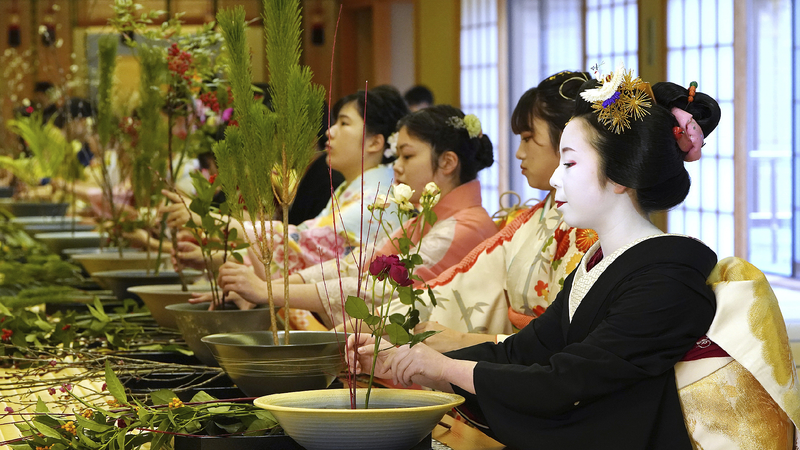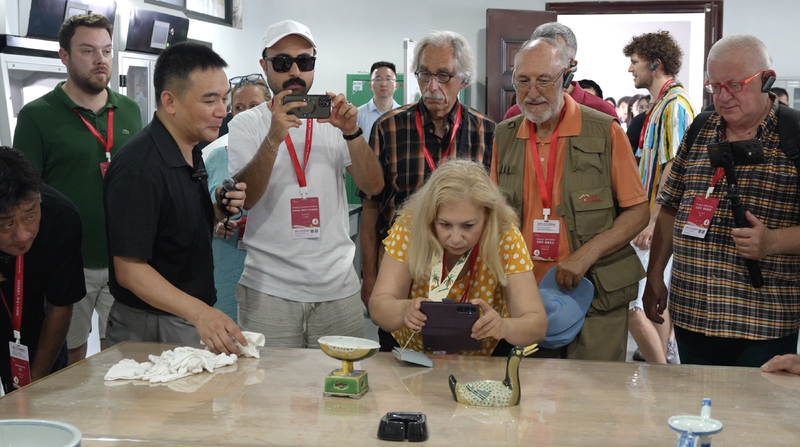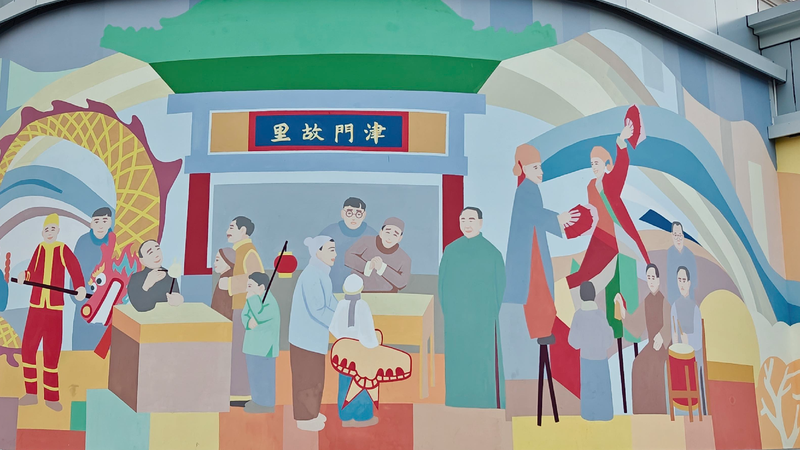Did you know that many of Japan’s coolest traditions were inspired by Chinese culture? 🌟 Let’s dive into how China’s influence helped shape Japanese arts like the tea ceremony, flower arranging, swordsmanship, and calligraphy!
Tea Ceremony 🍵
The Japanese tea ceremony is a peaceful ritual where people enjoy tea together. This tradition started in China during the Tang Dynasty (618-907) and was brought to Japan by Zen monks. It’s not just about drinking tea but also about mindfulness, respect, and enjoying the moment. Both in China and Japan, tea brings people together! ☕
Ikebana – Flower Arranging 🌸
Ikebana is the Japanese art of arranging flowers beautifully. This practice began with Chinese Buddhist rituals. Over time, Japan developed its own unique style. Ikebana isn’t just putting flowers in a vase; it’s about balancing colors, shapes, and space to reflect nature’s beauty. It’s like making a living sculpture! 🌺
Kendo – The Way of the Sword 🗡️
Kendo is a martial art that means “the way of the sword.” Its roots come from ancient Chinese sword fighting techniques shared with Japan over a thousand years ago during the Sui and Tang dynasties. Kendo teaches discipline, focus, and respect. It’s not just about sword fighting but also about building character! ⚔️
Calligraphy ✍️
Calligraphy is the art of beautiful handwriting. Japanese calligraphy was greatly influenced by Chinese writing styles, especially during the Tang Dynasty. As people copied Buddhist scriptures, they learned Chinese techniques. Writing characters isn’t just about communication; it’s an art form that expresses feelings and creativity! 🖌️
These amazing traditions show how China and Japan have shared and learned from each other over the centuries. Cultural exchange helps us understand and appreciate different ways of life. Isn’t it cool how connected our world can be? 🌏
Reference(s):
Chinese culture leaves lasting mark on Japan's traditional arts
cgtn.com




